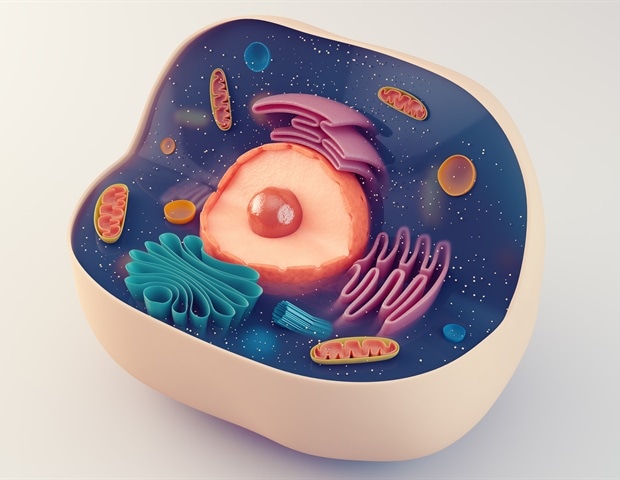
[ad_1]

Amino acids are the constructing blocks of life. We acquire them from the meals we eat, and the physique makes use of them to make proteins, which in flip are used for development, growth, and a large number of different capabilities. Nevertheless, earlier than the physique can construct with these blocks, it should first be capable to sense their presence.
When amino acids can be found, a grasp regulator protein referred to as TORC1 is switched on, inflicting proteins to be manufactured and cells to develop. If no amino acids can be found, TORC1 is switched off, and cells begin to recycle themselves in a course of often called autophagy. Till now, it was unclear precisely how amino acids triggered the TORC1 swap in yeast.
Now, in a examine printed in Cell Stories, researchers from Osaka College have revealed how TORC1 is activated: detection of the amino acid cysteine.
We investigated the relationships between amino acids and TORC1 activation within the yeast Saccharomyces cerevisiae. We discovered that cysteine is sensed by a protein referred to as Pib2 and that the 2 bind collectively and prompts TORC1. This stimulates the synthesis of proteins and lipids, selling cell proliferation.”
Qingzhong Zeng, examine’s lead creator
What’s extra, cysteine shouldn’t be the one amino acid that triggers TORC1. All 20 amino acids had been discovered to otherwise have an effect on TORC1 utilizing two ‘pathways’: Pib2 and Gtr. A pathway could be considered a particular chain response that results in sure outcomes in a cell. The group got down to elucidate how every amino acid makes use of these pathways to have an effect on TORC1.
“Some amino acids primarily use the Pib2 pathway, whereas others primarily use Gtr,” explains senior creator Takeshi Noda. “We additionally recognized amino acids that may use both pathway and a few that want each. This work excites us as a result of it deepens our understanding of how amino acids management cell development and autophagy, and the way every amino acid is detected.”
In people, defective TORC1 operate has been linked to illnesses like most cancers, diabetes, and dementia. A fuller understanding of how TORC1 is switched on and off, and the way every amino acid is detected, might assist researchers discover new remedies for these illnesses – an thrilling prospect certainly.
Supply:
Journal reference:
Zeng, Q., et al. (2023) Pib2 is a cysteine sensor concerned in TORC1 activation in Saccharomyces cerevisiae. Cell Stories. doi.org/10.1016/j.celrep.2023.113599.
[ad_2]